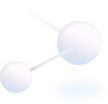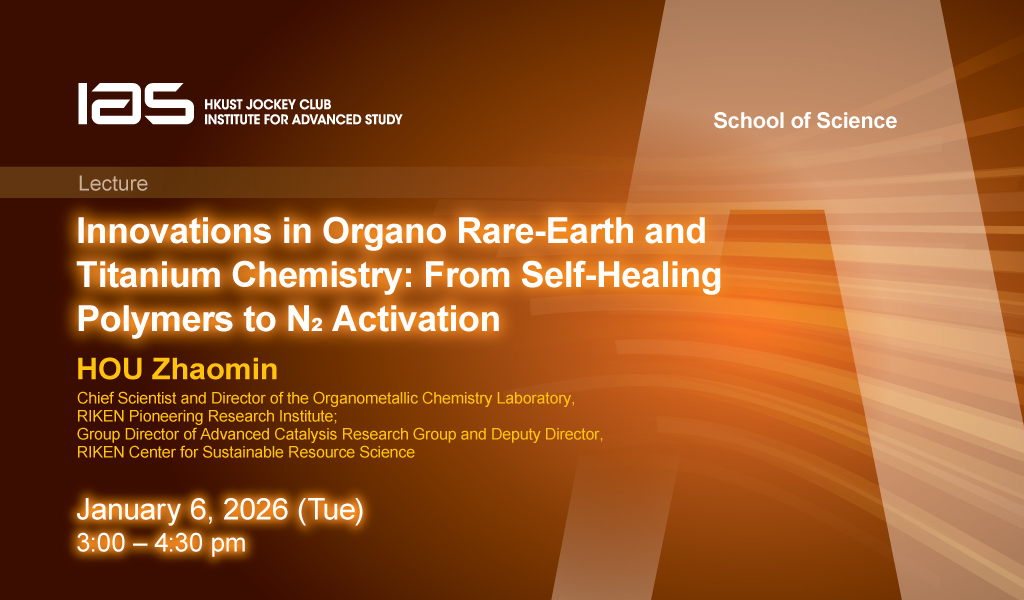Low-cost, high-performances and durable hydrogen fuel cells are crucial for the success of the global hydrogen economy and of Australia’s hydrogen roadmap. Currently, researchers are attempting to reduce the reliance of scarce and expensive platinum by synthesizing low-cost alternatives using non-precious metals (such as Fe, Mn, Co). Fe–N–C structures containing Fe-Nx active sites are amongst the most promising platinum group metal-free catalysts for the oxygen reduction reaction. However, despite narrowly closing the gap in half-wave potential in rotating disk electrode over the last decade, their highest performances and durability are inferior to commercial Pt in real hydrogen fuel cells, suggesting device-level challenges.
In this talk, we shed light on this gap using the distribution of relaxation times and X-ray computed tomography to quantify the proton transport and oxygen reduction reaction kinetics of a high-performance Fe–N–C catalyst (1.08 W cm-2) and a commercial platinum catalyst (1.7 W cm-2) in hydrogen fuel cells. Our work reveals that the slower proton transport and oxygen reduction reaction kinetics of Fe–N–C nanoporous carbon matrix considerably limits active site accessibility, unlike easily accessible Pt decorated on a carbon substrate. We also investigated the catalyst degradations and discovered that after the loss of electrochemical active iron sites, carbon corrosion and ionomer degradation sharply reduce the catalyst layer utilization and cause a slow performance decay. Furthermore, we introduced the largest super-resolved digital twin of the hydrogen fuel cell structure, allowing to visualize large scale (> 15 mm2) water management challenges using Lattice-Boltzmann simulations (Nature Communications, in press). This easily tuneable model will be crucial to further optimize the gas diffusion electrode and flow field structure to improve gas and water pathways to the active sites of high-loading non-precious metal catalysts.

The University of New South Wales (UNSW)


